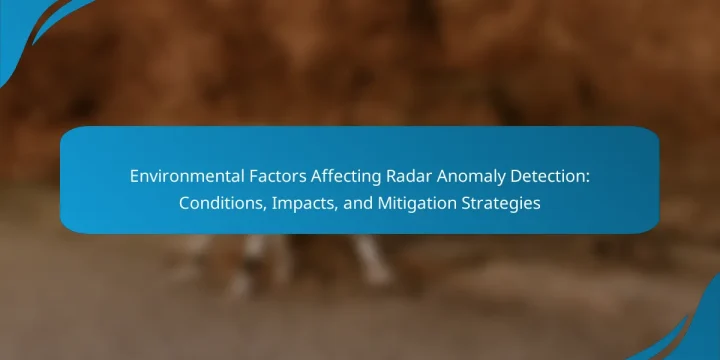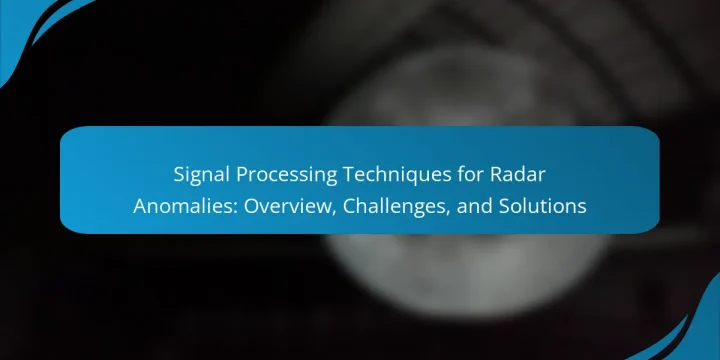
Machine learning significantly enhances radar anomaly research by improving the detection and classification of unusual patterns within large datasets generated by radar systems. Traditional methods often struggle with the complexity and volume of radar data, while machine learning algorithms adapt and learn from historical data to effectively identify anomalies, reducing false positives. The article explores the challenges of implementing machine learning in this field, such as data quality, model interpretability, and integration with existing systems. It also highlights future trends, including the use of deep learning, real-time data processing, transfer learning, explainable AI, and synthetic data generation, all of which contribute to more reliable and efficient anomaly detection in applications like defense, aviation, and weather monitoring. What is the Role of Machine Learning in Radar Anomaly Research? Machine learning plays…








